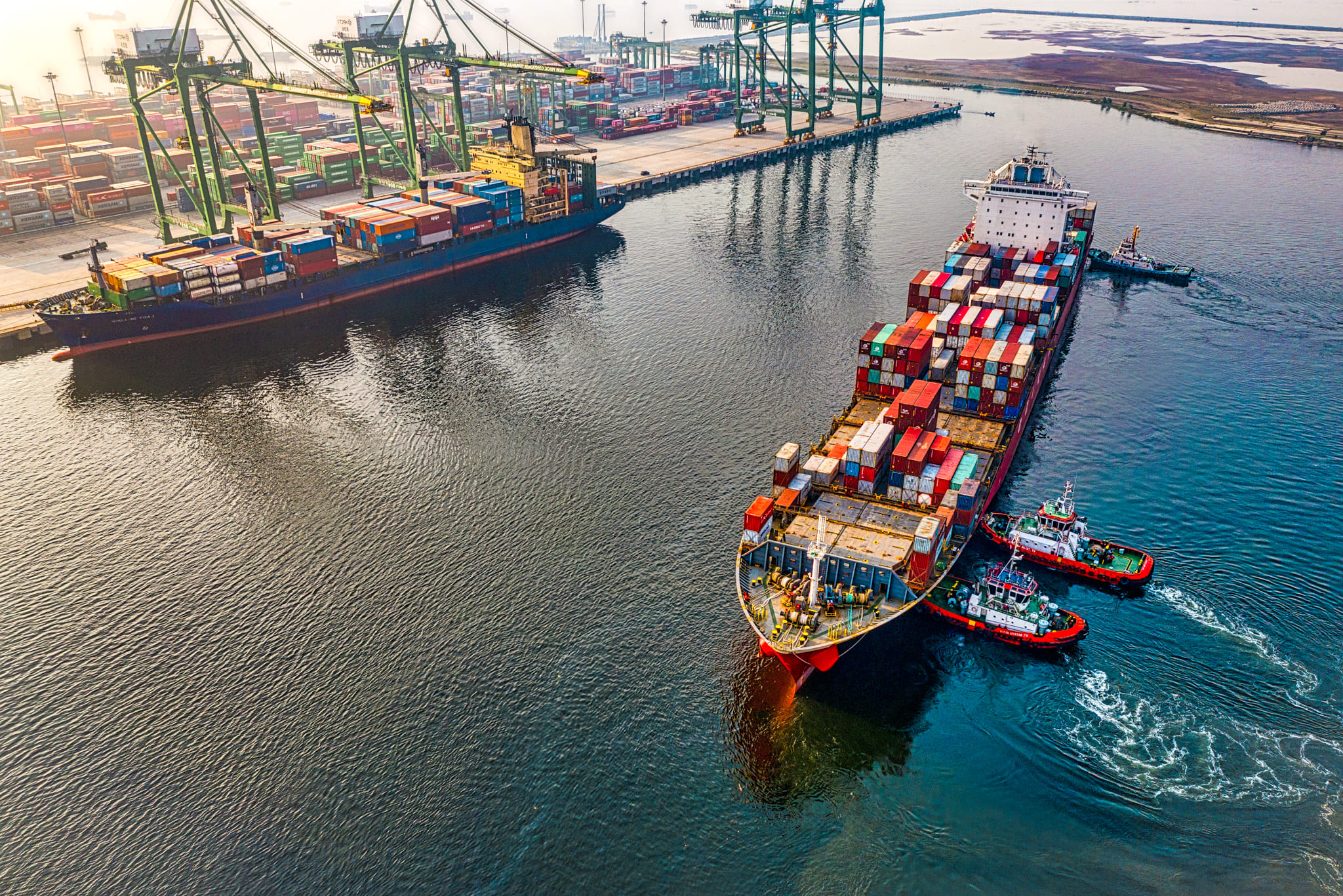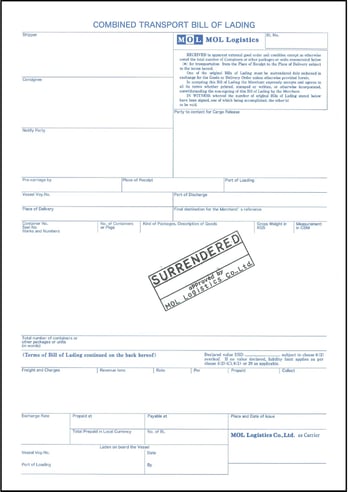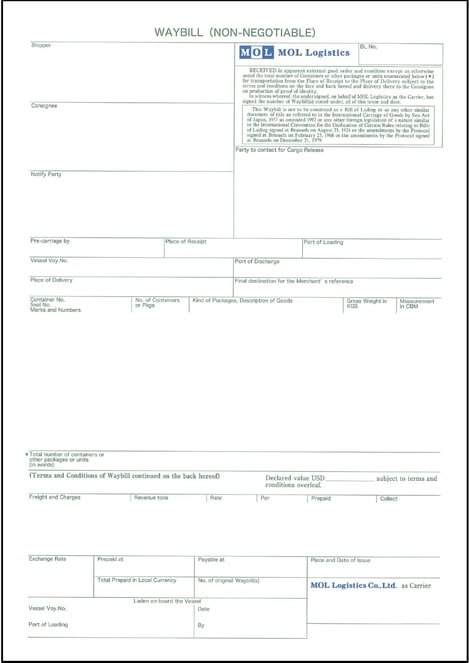2024.7.19 Knowledge
A guide to Surrender B/L and Sea Waybill

Thank you for visiting the MLG BLOG.
This time, let's explore the differences between Surrender B/L (Surrender) and Sea Waybill (Waybill), highlighting their unique characteristics even though both are categorized as B/L.
<Differences between Surrender B/L (Express Release) and Sea Waybill>
 The difference between "Surrender B/L" and "Sea Waybill" is that the "Sea Waybill" is governed by regulations such as the Uniform Customs & Practice for Documentary Credits (UCP600) and commercial law, while the "Surrender B/L" is not regulated by any such laws.
The difference between "Surrender B/L" and "Sea Waybill" is that the "Sea Waybill" is governed by regulations such as the Uniform Customs & Practice for Documentary Credits (UCP600) and commercial law, while the "Surrender B/L" is not regulated by any such laws.
But what exactly does "Surrender" mean in "Surrender B/L"?
When you search for "Surrender B/L" online, you might come across explanations like "B/L collected at the port of origin."
This brings up the question: what does "collected at the port of origin" mean?
Let's take a look at the term "Surrender":
when you search for "Surrender," definitions like "hand over" or "give up" appear. (Reference: Oxford Languages).
So in this context, "what" is being "surrendered" or "handed over"?
<Sample of Surrender B/L>
<Nature of B/L (Bill of Lading)>
Building upon our previous knowledge, it's known that B/L (Bill of Lading) serves 4 functions.
① Receipt of Cargo
② Evidence of Shipping Agreement
③ Delivery Receipt of the Cargo
④ Negotiable Instrument with Marketable Value (Transfer of ownership) → Requires L/C settlement
Surrender B/L is a type of B/L that relinquishes ("SURRENDER") all the rights and is issued solely to release the cargo in advance. In other words, it's a convenient method that operates without international treaties, domestic laws, or international rules.
As a result, resolving accidents or disputes that arise can be quite challenging.
As logistics professionals, we strongly recommend minimizing its use if possible.
<Utilizing the Sea Waybill>

The United Nations and the Japan Association for Simplification of International Trade Procedures (JASTPRO) advocate the usage of the Sea Waybill to reduce risks and promote digitization.
However, it's important to note that the Sea Waybill does not function as the B/L as "a guarantee for bills of exchange". Therefore, it is not a negotiable instrument.
As such, it generally cannot be used for transactions involving Letters of Credit (L/C) or bills of exchange settlement methods.
While the format of the Sea Waybill is similar to a B/L, it includes the phrase "Non-Negotiable" to indicate its non-negotiability.
Surrender B/L (Express Release) is primarily used in transactions along short transit routes such as Intra-Asian lanes.
<Recent Trends>
In recent years, the Sea Waybill has been regulated by commercial law, and by adhering to the "Uniform Rules for Sea Carriage Documents (CMI)" established by Comité Maritime International (CMI), standard operations between exporting and importing countries can be clarified. Therefore, the United Nations also recommends its usage (UNECE Recommendation No. 12).
Furthermore, as the demand for Surrender B/L (Express Release) increases (to relinquish the original function of the B/L) shipping lines and NVOCCs will collect a Surrender Fee for its issuance. This trend has pushed the use of the Sea Waybill.
<Safe Transportation Relies on Thorough Logistic Knowledge>
Ensuring safe transportation, free from possible accidents and issues, requires a thorough understanding of logistics processes by all involved parties.
As logistics professionals, MOL Logistics Co., Ltd. is committed to providing essential information and updates on logistics practices. If you have any inquiries or uncertainties regarding logistics, please feel free to contact us!






